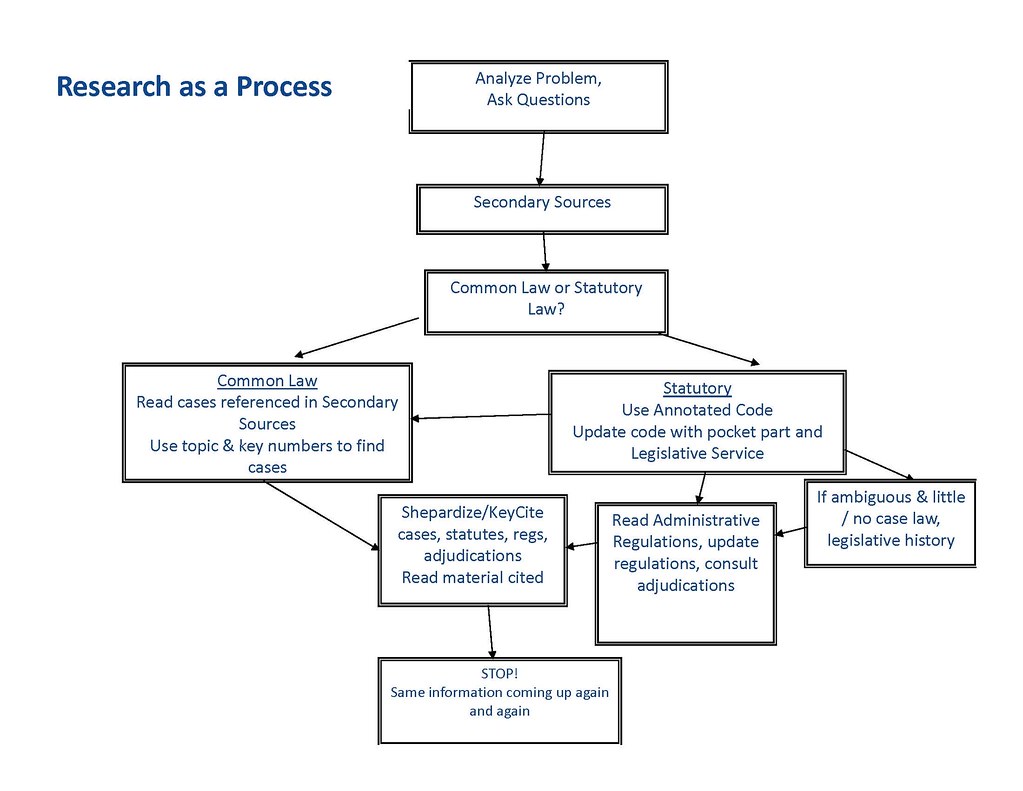Legal materials can fall into two different categories: (1) Primary and (2) Secondary. Secondary sources are about the law. They explain, analyze, interpret, discuss, and cite to primary sources. Examples of secondary sources include:
Secondary sources can only be persuasive, they can never be mandatory or binding on a court of law. The persuasive value of a secondary source depends on its author. Using secondary sources can save legal researchers time and money.
Practice Tools are a subset of secondary sources. Examples of practice tools are:
Where do secondary sources fall in the research process? Well, if you’re following a basic research strategy, after you analyze your facts, you'll want to consult secondary sources to learn more about your issues and to get references to primary sources.

 Available to Law Students only (see a reference librarian if you do not have a CALI activation code).
Available to Law Students only (see a reference librarian if you do not have a CALI activation code).
University of Cincinnati Libraries
PO Box 210033 Cincinnati, Ohio 45221-0033
Phone: 513-556-1424
University of Cincinnati
Alerts | Clery and HEOA Notice | Notice of Non-Discrimination | eAccessibility Concern | Privacy Statement | Copyright Information
© 2025 University of Cincinnati
